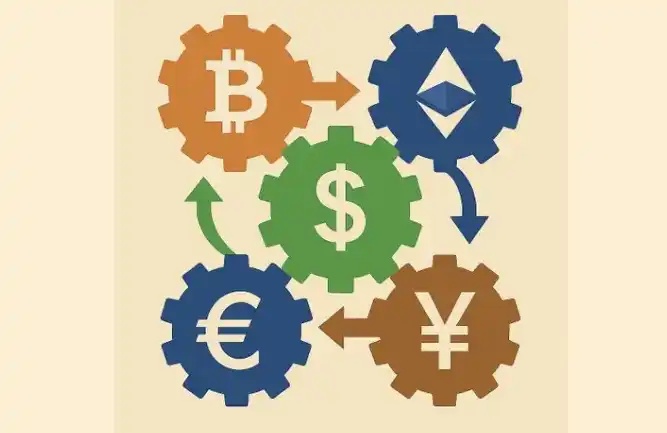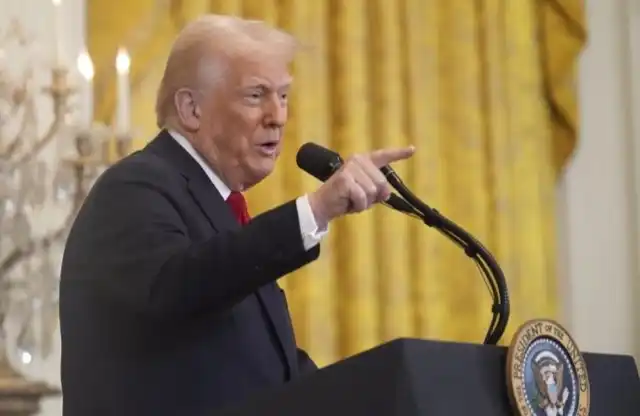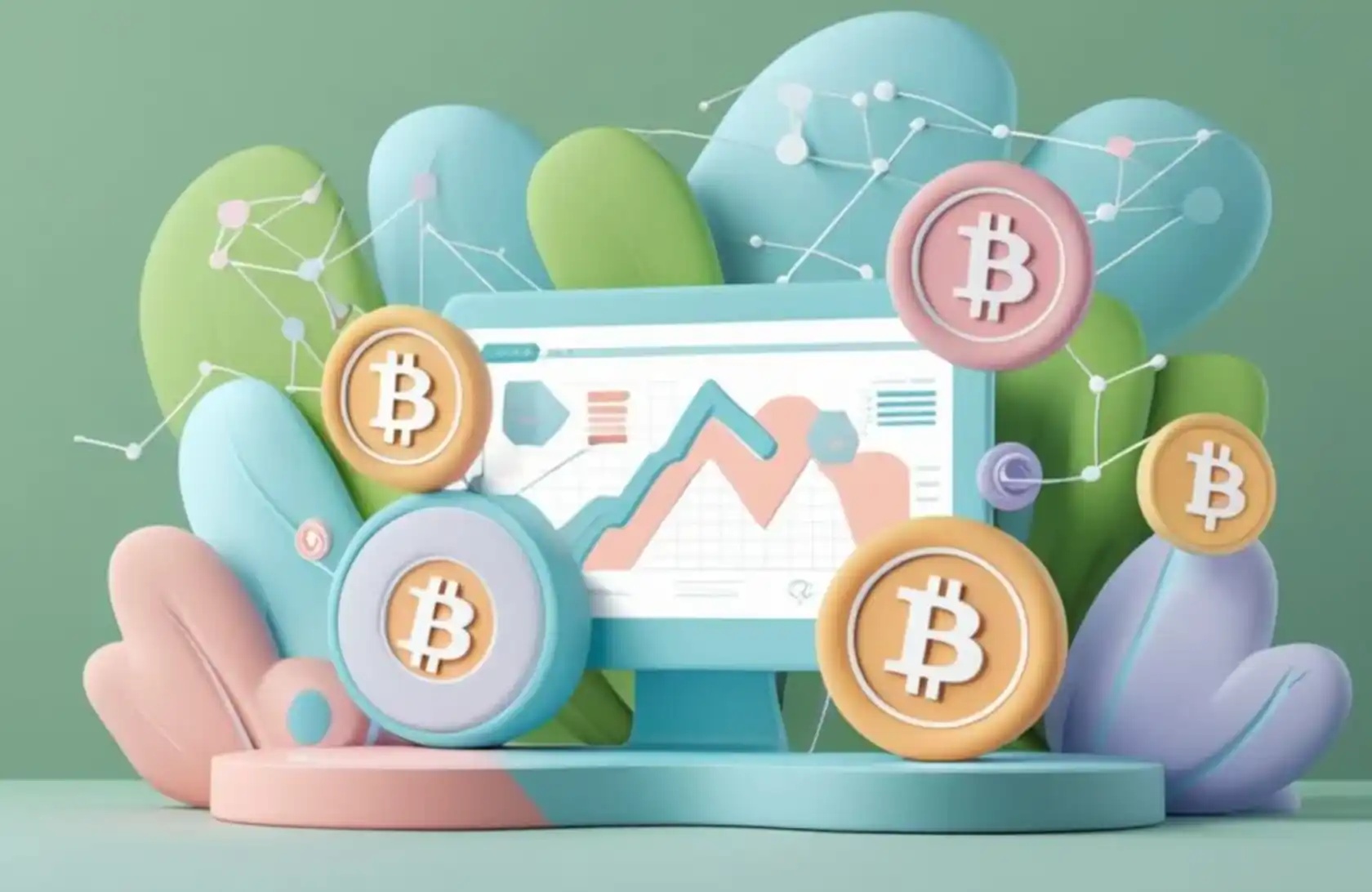Pantera Founder Looks Back: 10 Years Ago We Bought 2% of the Global BTC Supply, Now Realized a Thousandfold Return
Original Article Title: "Pantera Bitcoin Fund Hits 1,000x"
Original Article Author: Dan Morehead, Pantera Founder
Original Article Translation: Wu Says Blockchain
The post-election surge has further boosted the fund by 30%. The fund's total return rate has now reached 131,165% (net of fees and expenses).
I want to share the original logic—because it remains very compelling to me today.

The day we chose to launch the Pantera Bitcoin Fund was actually the low point of the past eleven years.

The initial investment memo still reads crystal clear today.
From 2013-2015, we acquired 2% of the world's Bitcoin.
Side Note: If Pantera had acquired approximately 280,000 bitcoins from 2013 to 2015, as estimated, this is roughly the comparison. As of November 24, 2024, MicroStrategy holds 386,700 bitcoins.
Even after eleven years, Bitcoin continues to rise like a watermelon seed being squeezed upward.
Frankly, I can't help but think that we still have many years of very attractive returns ahead of us.
Gold from 1000 BC
My core point was written down a month later:
"Yesterday in a conversation with an investor about Bitcoin, he somewhat disdainfully responded, 'This is like buying gold.' No, no, this is like buying gold from 1000 BC. 99% of financial wealth has yet to delve into Bitcoin. When they start to get involved, Bitcoin either becomes worthless or [rises to magnitudes]."
As an industry, we have made some progress. Now, only "approximately" 95% of financial wealth has yet to be fully allocated.
A catalyst for the shift from the 5% in 2024 to a higher percentage has just occurred: regulatory clarity in the United States. Large institutional asset managers like BlackRock, Fidelity, and others now offer extremely cheap, efficient Bitcoin investment channels for anyone with a brokerage account. This newfound convenience will ultimately bring exposure to this important new asset class to tens of millions of investors and individuals.
We believe that the entire industry will greatly benefit from having the United States' first pro-blockchain president in office. In our view, the success of blockchain aligns with the nation's best interests, and we believe that everyone in Congress will ultimately take a neutral or supportive position on blockchain — a trend that has already begun. The 15-year regulatory headwind against blockchain is shifting to a tailwind.
I still ardently believe in the points I wrote down eleven years ago:
"I believe there is more than a 50% chance that a global system of this kind will take over, where free cryptography replaces the high cost of 'trust' charged by institutions like banks, Visa-Mastercard/Western Union money transfers, PayPal, etc. Bitcoin replaces cash, electronic fiat currency, gold, anonymous bearer bonds, large stone discs, etc. It can do all these things. It is the first global currency since gold. It is the first borderless payment system ever. "
Bitcoin's price was $104 at the time.

This is still my sentiment. We are still in the early stages. 95% of financial wealth has yet to touch blockchain. They are just starting this massive transformation. When they come in, Bitcoin could be at a level like $740,000 per BTC.

The market has indeed seen rapid growth. It hit $1,000 in less than a month — and has now risen by three orders of magnitude.
11-Year Compound Annual Growth Rate 88%
I can imagine some investors might think, "Bitcoin has doubled this year. Well, I guess I missed out." And then give up.
No, this mentality is wrong. Bitcoin's average performance has been to almost double every year. Since we started the fund eleven years ago, its compound annual growth rate is 88%.

Order of Magnitude Growth
Bitcoin has already experienced three orders of magnitude growth. Achieving another order of magnitude growth seems possible. If Bitcoin reaches $740,000 per BTC, that would mean its market capitalization is $15 trillion. Compared to the $500 trillion total value of financial assets, this number is not unimaginable.
While past performance may not necessarily predict the future, if this trend continues, Bitcoin could reach $740,000 in April 2028.
I think this might take a few more years, but I do believe the possibility is there.
That has always been my mentality: I'm not going to bet the farm, nor am I 100.00% sure blockchain assets will appreciate, but when you multiply the likelihood of its rise by the magnitude it could rise by, or more—the resulting number is vastly superior to the expected return of other investable assets. In my nearly four-decade investment career, the expected value of this trade is the most attractive I've ever seen.
Not Easy
It may seem obvious now, but it was very difficult at the time.
Following an 87% crash that began in December 2013, Bitcoin gradually fell out of the spotlight. The market remained depressed over three-plus years. By 2016, nearly everyone had lost faith in Bitcoin. Investors were disinterested.
That year, I traveled the globe, conducting 170 investor meetings. The end result of all that effort—we only raised $1 million.
The management fee on this capital was $17,241. Averaging $100 per meeting.
We Could Have Bought a Hotel!!!
I’m just naturally a loyal team player. I’ve always wanted the Bitcoin team to succeed. Over the years, we’ve worked tirelessly to help this community. So, when Expedia announced in 2014 they would accept Bitcoin, we paid all our travel expenses in Bitcoin.
In 2015, our team was on the road for 59 nights—averaging 1.5 BTC per night, totaling 88 BTC.
That’s equivalent to $8,683,136 today!?!

We could have bought two hotels!
The Astonishing Growth of the Blockchain Industry
In 2013, as we were preparing to launch the Pantera Bitcoin Fund, I set up accounts at several exchanges and wired funds, ready to go. When I first walked into a Wells Fargo Bank near our old Market Street office in San Francisco to wire money to Ljubljana, Slovenia, I didn’t even know how to spell Ljubljana. Everything seemed very sketchy. The bank manager even came over and interrogated me for a long time, asking what I was doing.
(I now know that Slovenia is a lovely country, located to the right of Venice and below Austria.)
However, at that time, I doubted if I was going crazy. Another transfer was sent to a small, seemingly sketchy startup.
At that time, the price of Bitcoin was around $130. Over the next few days, I witnessed the price of Bitcoin drop from $130 to below $100. Looking back, it's quite interesting that this "Fear, Uncertainty, and Doubt" (FUD) is still a common phrase among skeptics in today's Bitcoin bear market. Despite all these issues, when it dropped to $65, I decided to go all in—launching the Pantera Bitcoin Fund. Thirty years of trading intuition told me that was the opportunity.
I sent the email mentioned above to a small group of Bitcoin enthusiasts, probably only about twenty people at the time, saying, "I just want to get involved."
(Today, this list has tens of thousands of people, and subsequent emails have been read 2.7 million times.)
I logged into a startup called Coinbase, trying to buy 30,000 Bitcoins. A popup appeared, indicating the fund's daily limit was $50—not the Wall Street slang "50 grand," but a genuine Ulysses S. Grant $50 bill. I almost had a heart attack.
As it was a trendy startup, with no address or phone number, I hastily sent an email—subject unexpectedly all in uppercase letters saying, "I want to buy $2 million worth of Bitcoin!" Four days later, their only employee—a person named Olaf—replied, "Okay, your limit is now $300." Even with the expanded trading limit, it would take 6,667 days to complete this transaction.
At this rate, I'd still need 2,522 days to trade!
Fortunately, I bought those Bitcoins on Bitstamp, and the industry gradually grew. Today, the cryptocurrency market has a daily trading volume of $1.3 trillion. The industry's development to date has truly been amazing.
Blockchain as an Asset Class
Sometimes I feel like a gorilla in the jungle finding a shiny object... picking it up... turning it around... curious about what it is...
Bitcoin!
I certainly don't fully understand all the nuances of the incredible technical projects in this field, but I feel like I've seen a similar scene.
I was the first Asset-Backed Securities (ABS) trader at Goldman Sachs. Today, everyone views ABS as an asset class. I was involved in creating the GSCI (Goldman Sachs Commodity Index). Now, everyone views commodities as an asset class. In the '90s, I invested in emerging markets. Today, emerging markets (EM) are seen as an asset class.
Blockchain will follow suit. I believe that in the near future, every investment firm will have a blockchain team and allocate a substantial and long-term investment to blockchain.
Asymmetric Trade
My global macro background is what initially led me to blockchain. The asymmetry of this trade — operating in the world's largest market — has made this opportunity far surpass any trade we've pursued globally in the past. I believe this is the most asymmetric trade I have ever seen.
The best example of this theme comes from a comparison at the Second Pantera Blockchain Summit in March 2014:
“At a dinner before a late-night poker game, Morehead jokingly mentioned that at that point the total global value of all bitcoins was roughly equivalent to a company that sold holey jeans and dorm decor, Urban Outfitters—about $5 billion. 'It’s kind of crazy, right?' Morehead said.
‘I think that when they excavate the ruins of our civilization the way we do to the Romans, a millennium from now, Bitcoin could have a bigger impact on the world than Urban Outfitters.’"
—Nathaniel Popper, 2015, "Digital Gold"
When I updated this statement in November 2020, Bitcoin's market cap was equivalent to L'Oréal. Waterproof mascara is undoubtedly an amazing invention, but I still believe Bitcoin has asymmetry.
Delving deeper...
“At L'Oréal, our mission is to offer the best and most innovative beauty products in skincare, makeup, haircare, and hair color to a wide range of customers.”
This is great. And surprisingly, Bitcoin's mission sounds unexpectedly similar: enabling financial inclusion for the masses.
I believe financial inclusion will ultimately be more crucial.

Bitcoin has recently surpassed Meta (formerly Facebook). Photo sharing is indeed cool, but I think enabling financial inclusion for every person on Earth with a smartphone will be more meaningful.
Five More Milestones to Hit...
Welcome to join the official BlockBeats community:
Telegram Subscription Group: https://t.me/theblockbeats
Telegram Discussion Group: https://t.me/BlockBeats_App
Official Twitter Account: https://twitter.com/BlockBeatsAsia
 Forum
Forum OPRR
OPRR Finance
Finance
 Specials
Specials
 On-chain Eco
On-chain Eco
 Entry
Entry
 Podcasts
Podcasts
 Data
Data


 Summarized by AI
Summarized by AI







